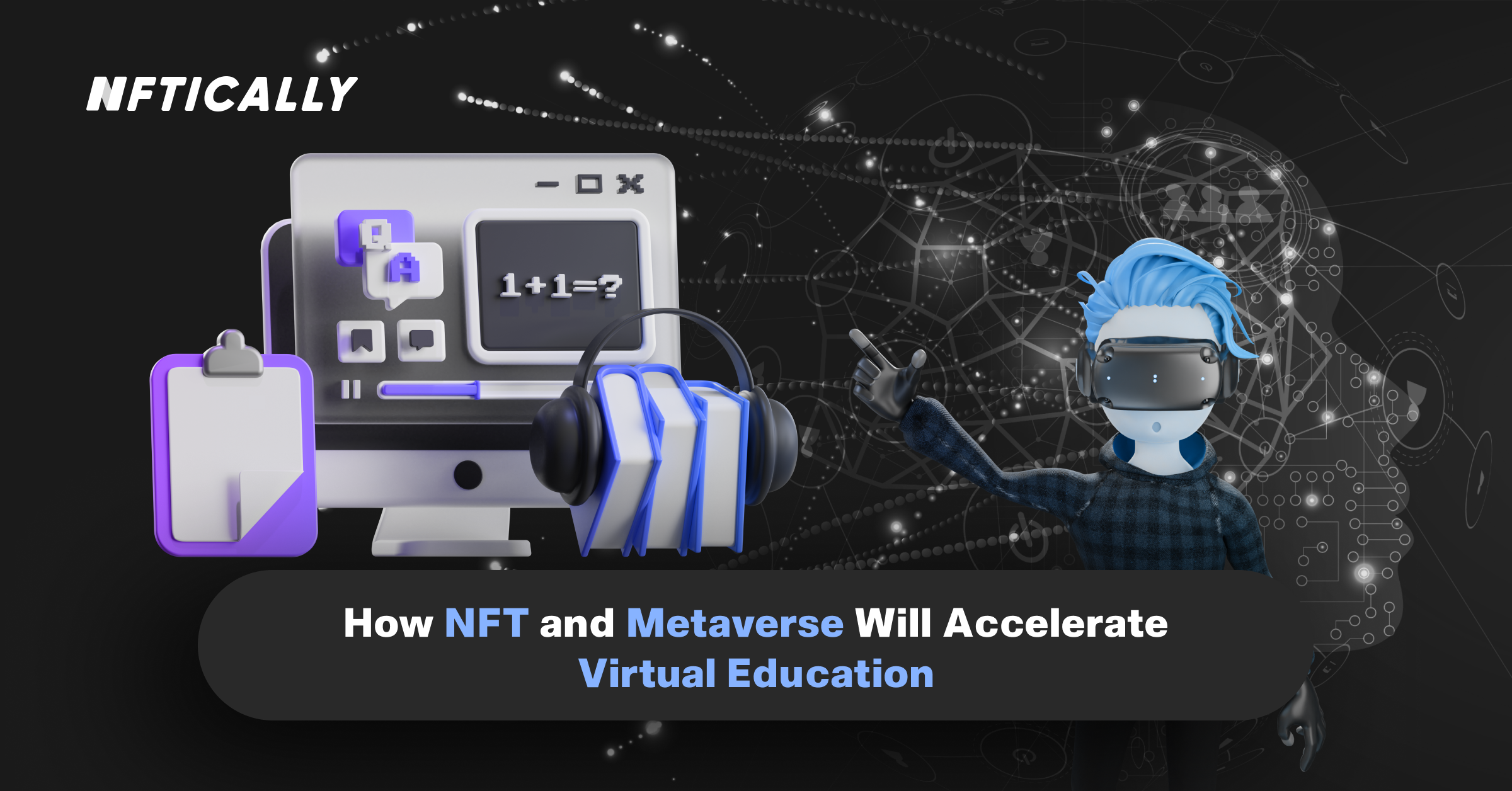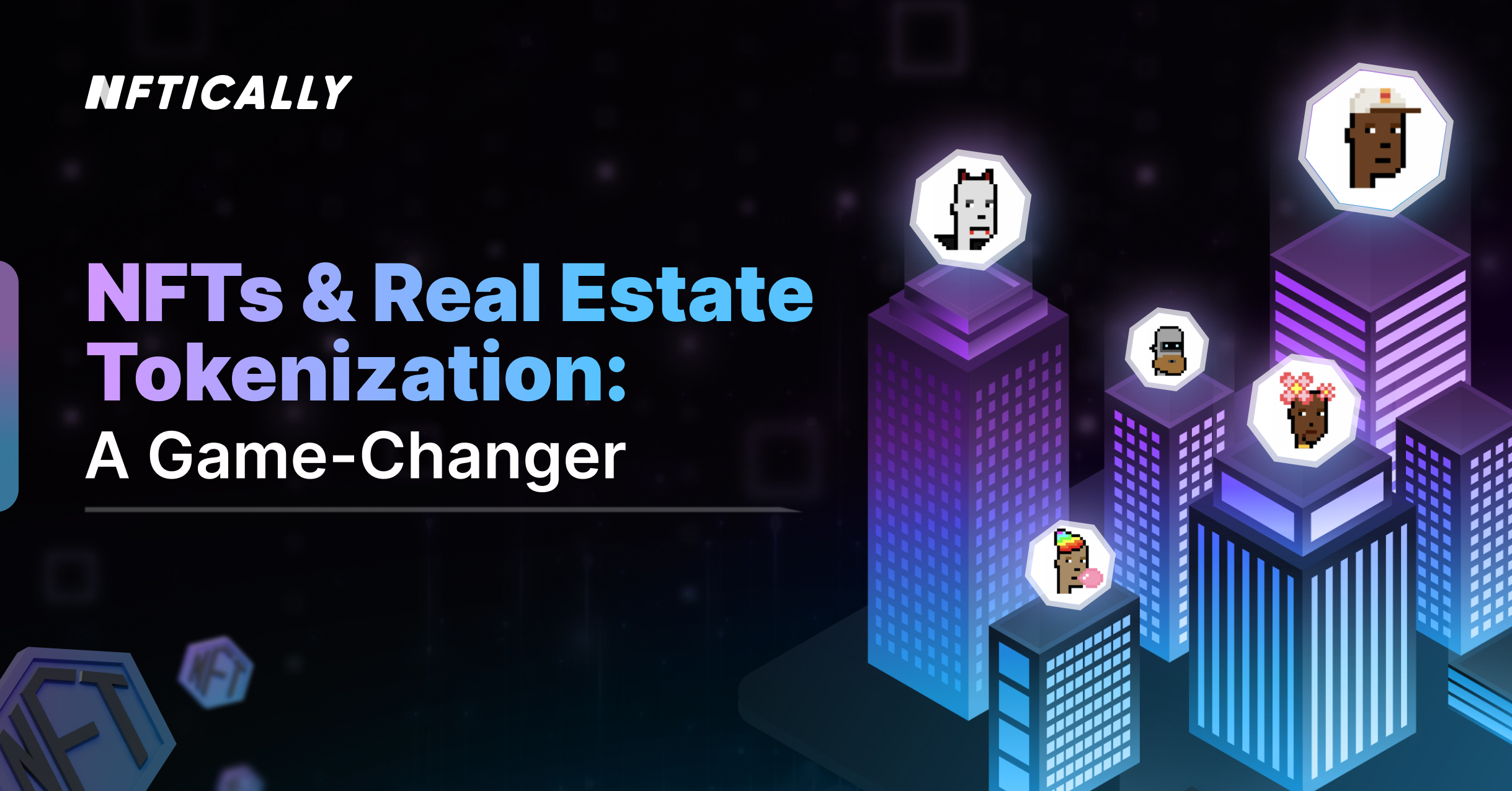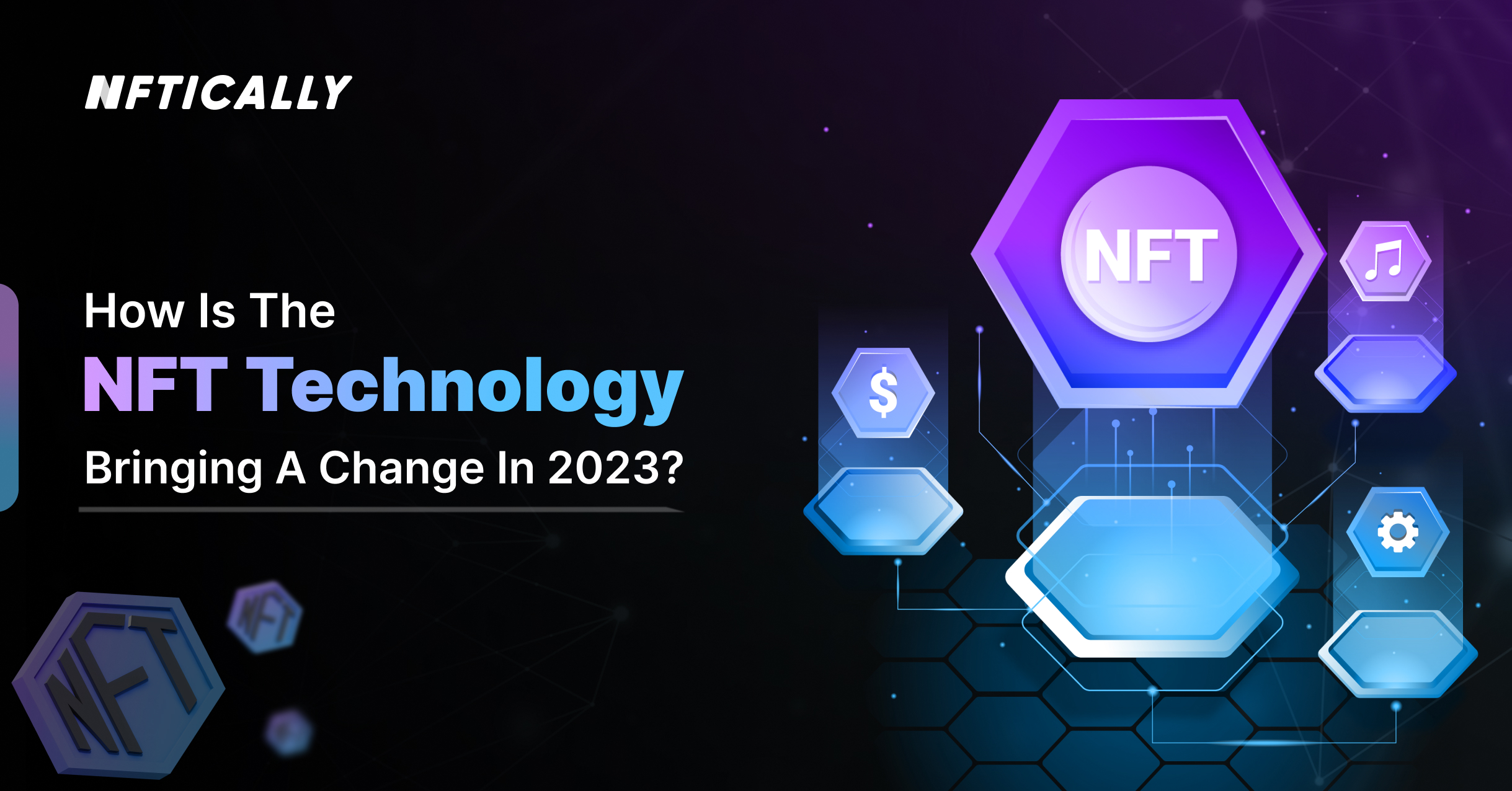
As NFTs (non-fungible tokens) become more popular, so does the Metaverse, which holds up the promise of introducing us to a new form of reality altogether. Artists, for example, may sell their digital artwork for up to $69 million using NFTs. While this is valid for NFTs, they may utilize them in teaching.
In the same way, Metaverse may enhance education by making it more efficient, compelling, and immersive while lowering its cost. When conventional educational methods aren’t an option due to unforeseen occurrences, like the continuing epidemic, Metaverse helps students get the knowledge they need. This is why we need to examine how NFTs and Metaverse will help to speed up virtual learning.
To learn more about NFTICALLY: A White Label NFT Marketplace, click here.
1. Better Learning
We’ve previously spoken about how Metaverse may help students study more engagingly. Additionally, to textbooks and lectures, history students may visit ancient towns to observe the streets and landmarks firsthand or see life-size recreations of historical characters and events. Medical students may understand human anatomy more hands-only and participate in surgical simulations similarly.
As long as you have an internet connection, you can accomplish all this from the comfort of your home. As Metaverse grows increasingly popular among students, professors, and assignment writing services, there are sure to be many more instances.
2. Learning Proofs
Learning progress may be documented and stored using NFTs. This would show that a student has truly learned a lesson or carried out an experiment, rather than merely copying pages from their textbook. When it comes to lifelong learning, this may apply to everything from a surgeon’s first operation to a pilot’s first flight.
Graduate students may utilize all of these “proofs” when applying for a job, just the way they use references to verify their skills and expertise. Developers, journalists, managers, and dissertation writing services UK professionals may all benefit from this technique.
3. Easy record-keeping and transcripts
To apply for college, forward a high school student’s test results to several universities, which often necessitates the payment of separate fees. The process occurs when a college grad is applying for a job and has to contact their alma mater to get their college transcripts. Both situations need the submission of some proof, which may be time-consuming.
Suppose they are looking for a job in dissertation writing or quality assurance. In that case, they will be able to provide a genuine NFT that includes all their academic records, including grades and transcripts. You won’t have to worry about fees, references, or evidence anymore.
4. Opening up education
Inequity in education will be reduced when more NFTs are implemented. Teachers and educators can profit from the value they deliver to their pupils in the same way that digital artists do. In the long run, it will assist them in developing their own unique personal identity. A student’s ownership of their education will allow them to be more motivated and involved in their education. They will have a more comprehensive CV after compiling their previous experiences and transcripts.
Metaverse in education: possibilities
Understanding how metaverses will impact education in the future will also concentrate on how metaverses could affect learning. Several important educational uses of the Metaverse were identified, all of which have the potential to alter how we see the Metaverse.
1. Interactive Guides
Answering the question, “How will the metaverse impact education?” is the most crucial step in the process. ” Hints at the Metaverse’s experiences. Forget about showing a picture, video, or reading from a textbook in the Metaverse.
Teachers may demonstrate to their pupils how specific equipment or process works at the molecular level. Students are more likely to retain information when learning takes place in an environment that is both stimulating and familiar.
2. Combined Learning
Metaverse’s educational potential would also be heavily reliant on Metaverse’s providing smooth transitions between various virtual locations. When learning about conductivity, for example, you don’t have to bother about settling any questions you may have regarding how electrons move about in our bodies. In the Metaverse, combining various disciplines in a single learning environment is possible for more comprehensive experiences.
3. Develop Responsible Use
Many compelling value propositions may be found in the Metaverse, particularly when bringing distinct ideas to life. On the other hand, unauthorized use raises several serious issues. With blockchain-based identities, students may uncover new prospects for ethical use of the Metaverse in the long term.
4. Share and create freely
It is unnecessary to see the educational applications of metaverses as only online educational games. The objectives of the game’s missions do not have to align with those of the players. On the other hand, students may construct their own learning experiences and develop and share their own stories.
Bottom Line
The many aspects of using Metaverse for education exhibit augmented reality, virtual reality, mirror worlds, and lifelogging. Metaverses may be used in many ways in the game industry right now. On the other hand, the Metaverse also can bring new milestones for empowering learners.
With the aid of the Metaverse, for example, you may have access to more immersive learning experiences. Aside from helping students learn more about real-world processes, systems, and objects, it may also aid in the creation of a more realistic simulation. In addition, students may use the Metaverse to record their educational experiences and appreciate the importance of critical thinking. Over the long term, look at several ways to use metaverses in the educational sector.
As an NFT holder or an NFT enthusiast looking for a native NFT marketplace, you may use NFTICALLY’s worldwide B2B SaaS platform to construct your own white-label NFT company or NFT Marketplace.
NFTICALLY has a wide variety of blogs on a variety of topics. Check our Frequently Asked Questions page first, and if you still have questions, feel free to join our Discord or Telegram channels.
Related Posts

NFTs and Real Estate Tokenization: A Game-Changer
Are you curious about the next major development in the world of non-fungible tokens (NFTs)? Well, it seems that real estate tokenization is poised to become the next big thing in NFTs. Lately, the concept…
- September 22, 2023

How is NFT technology bringing a change in 2023?
Although the crypto market faced some challenges at the beginning of 2022, often referred to as a “crypto winter,” NFTs continued to demonstrate impressive figures. By the end of the year, the total revenue generated…
- May 25, 2023
Recent Posts
- Revolutionizing AI Clones: Sunny Leone Teams Up with Kamoto.AI for an Unprecedented Debut
- The Evolving Landscape of NFTs: A Glimpse into 2024
- NFT Trends to Shape 2024: A Deep Dive into the Future of Digital Assets
- The Gaming Revolution: NFTs Level Up the Player Experience
- NFTs and Intellectual Property Rights: Navigating Legal and Ethical Challenges
Recent Comments
Archives
- January 2024
- December 2023
- November 2023
- October 2023
- September 2023
- August 2023
- July 2023
- June 2023
- May 2023
- April 2023
- March 2023
- February 2023
- January 2023
- December 2022
- November 2022
- October 2022
- September 2022
- August 2022
- July 2022
- June 2022
- May 2022
- April 2022
- March 2022
- February 2022
- January 2022
- December 2021
- November 2021
- October 2021
- September 2021
- August 2021
- July 2021
Categories
- $ECOM
- 3D NFTs
- AI Characters
- Airdrpos
- Bitcoin
- Blockchain
- Blockchain Technology
- Buy NFTs
- Buying
- Crypto Collectibles
- Crypto Wallet
- Cryptocurrency
- Cryto Mining
- Digital Art
- Digital Assets
- Ethereum
- FAQs
- Features
- Generative Art Nfts
- ICO
- Invest in NFT
- Learn
- Metavatars
- Metaverse
- Minting
- NFT
- NFT 2.0
- NFT Art
- NFT Art Finance
- Nft auction
- NFT Communities
- NFT Crypto
- NFT crypto art
- NFT Drops
- NFT Games
- NFT gaming
- NFT Marketplace
- NFT Memes
- nft project
- NFT Royalties
- NFT Staking
- nft stocks
- NFT Store
- NFT Taxes
- NFT Trading Cards
- NFT Wallet
- NFTICALLY
- NFTs
- Non fungible tokens
- Non Fungile Tokens
- Ordinal NFTs
- Physical Assets
- Press Release
- Selling
- Solution
- Stablecoins
- Store
- Tensor Nfts
- Top Cryptocurrencies
- Uncategorized
- Web 2.0
- Web 3.0
- white label nft marketplace

